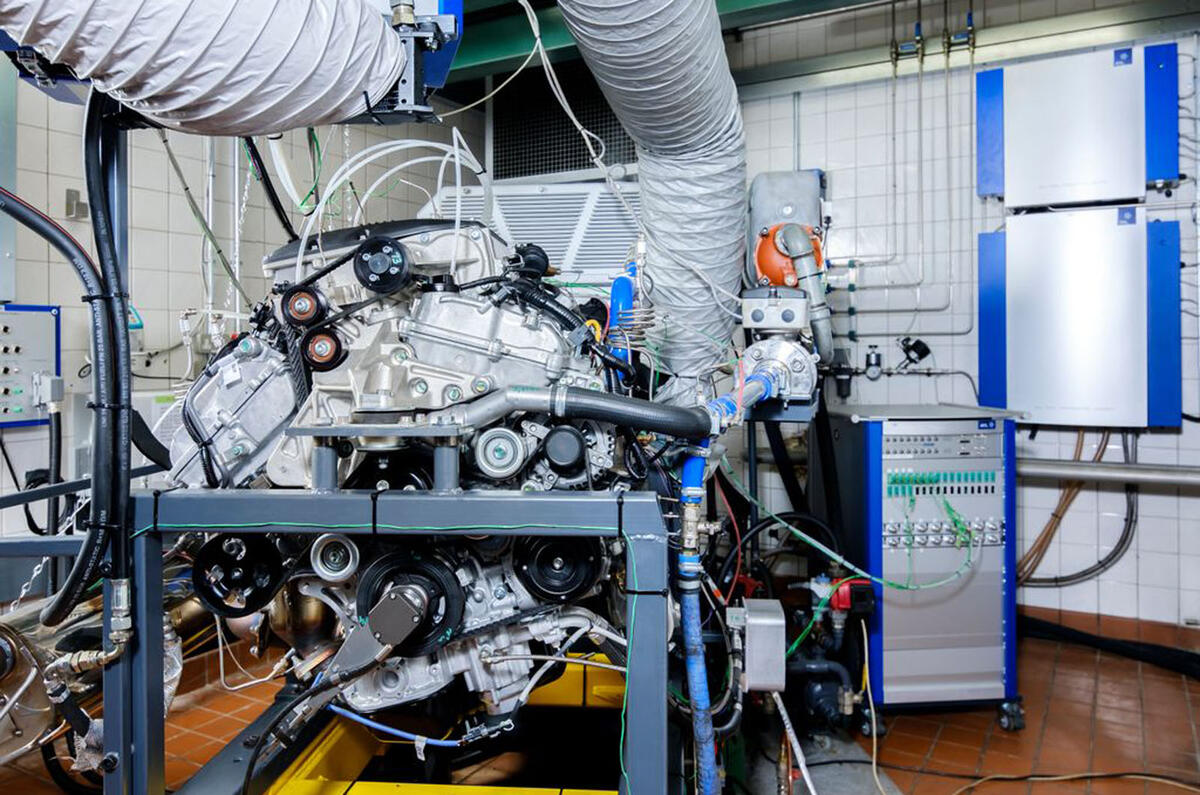The development of super high-output hypercar engines will keep Lotus Engineering busy on combustion-engine development as the ICE deadline approaches in 2030/2035.
“We still have lots of clients who are, in some cases, taking absolute maximum advantage of things like the 2030 deadline looming,” said Mark Stringer, commercial director of Lotus Engineering.
Lotus is supplying its advanced 16-bit T-Series engine-management system and ECU to various projects and taking advantage of its experience in global certification programmes, especially in the US, to keep the 22 ICE test cells at Hethel busy as Lotus Cars looks to an all-electric line-up within a matter of years.
According to Lotus Engineering's head of business development, Lee Jeffcoat, Lotus has built up a solid list of hypercar projects, “because we’ve got our own products in the US market with our own ECU, we know exactly what to do, the processes to follow and have all the software with the calibrations to apply to customer engines”.
“One of our unique offerings is that we're ‘pre-qualified’ for the US homologation,” added Stringer.

Lotus won’t name clients or models these engines will be fitted to in production, except to describe them as “fantastic hypercars that are the absolute best-of-the-best with highly-complex, very-high-performance multi-cylinder engines".
Lotus said its engine-management system offers cost savings over a system designed and developed by a major tier-one provider like Bosch or Continental, because it can be developed at faster pace and lower cost.
“Our ECU is a much lower investment than the majors, who will deliver wonderful service but are very expensive,” said Stringer. "That's great if you are making lots and lots and lots of cars, but if you’re making a hypercar, you’re looking for something that’s lower-investment yet can be a little bit higher on the piece price, while you’ve got a high degree of complexity to manage. We can work well with that."







Add your comment